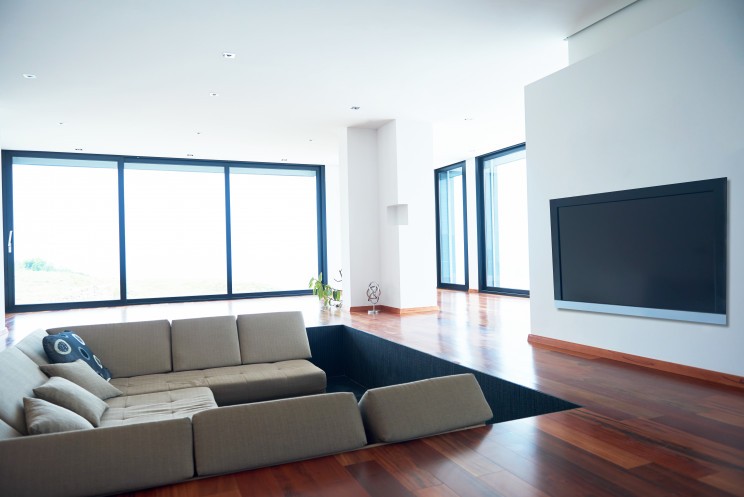
These days, there is a multitude of environmentally friendly building materials that you can use in your home. Old types of floors, paints and furniture can emit harmful substances, whereas these new eco materials can keep both you and the planet safe from pollution.
When you’re next remodelling your house, take the opportunity to choose natural alternatives for your construction materials. The experts at Habitissimo list 7 eco-friendly, sustainable materials that are perfect for renovating homes with the environment and health in mind.
Natural paints
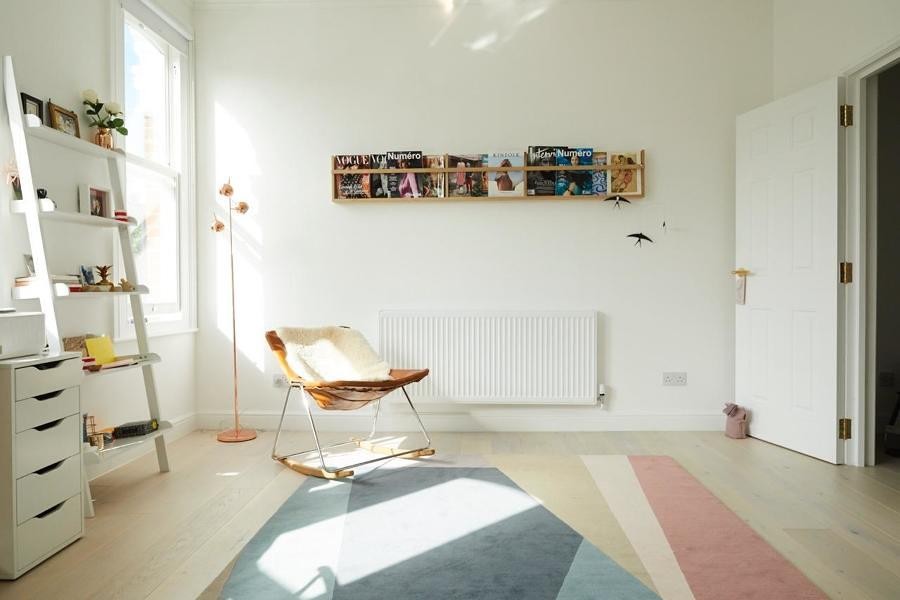
When painting a house, it is important to bear in mind that wall paints, enamels and varnishes are all classified according to their emission levels, where class A+ corresponds to a low emission level and class C to a high level of pollution, so much so that paints of the latter type are toxic if inhaled. Try using water-based paint products, which are much safer.
Cork
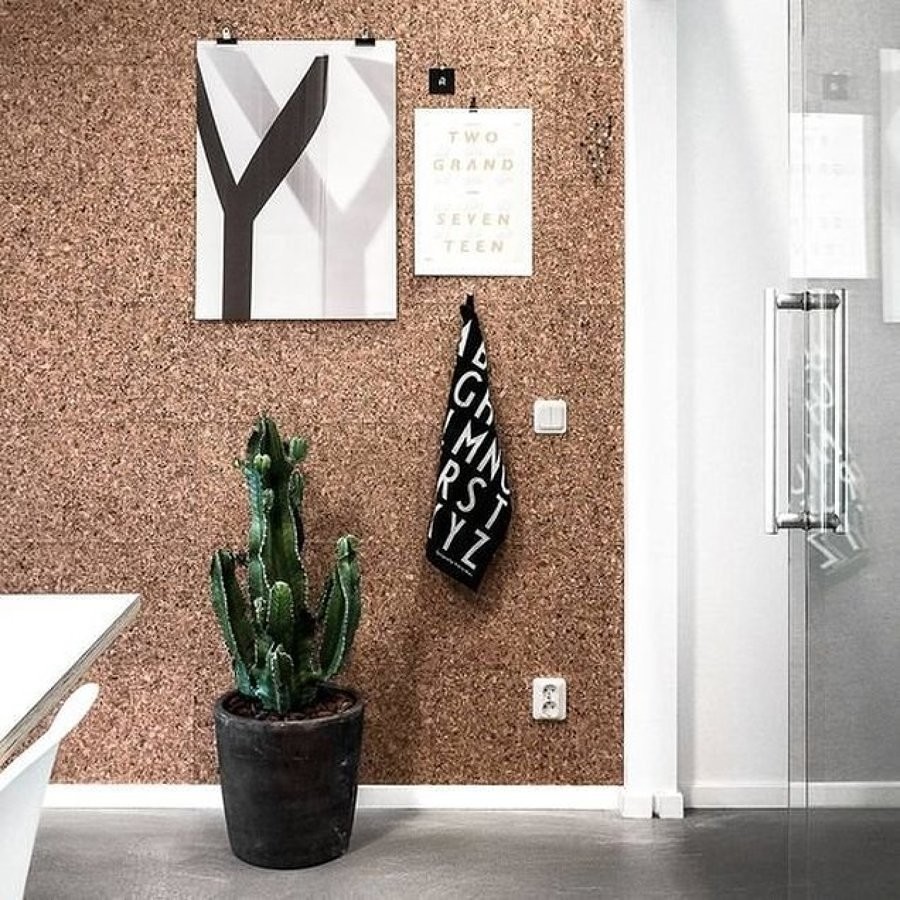
Cork is a natural material that is often used to make furniture and accessories for the home. Other alternative uses include using cork for the insulation, wall cladding or even the construction of floors. Curiously enough, cutting the tree from which cork is made doesn’t pose any risk to the plant whatsoever: it will just take 10 years to produce a new layer.
Bamboo
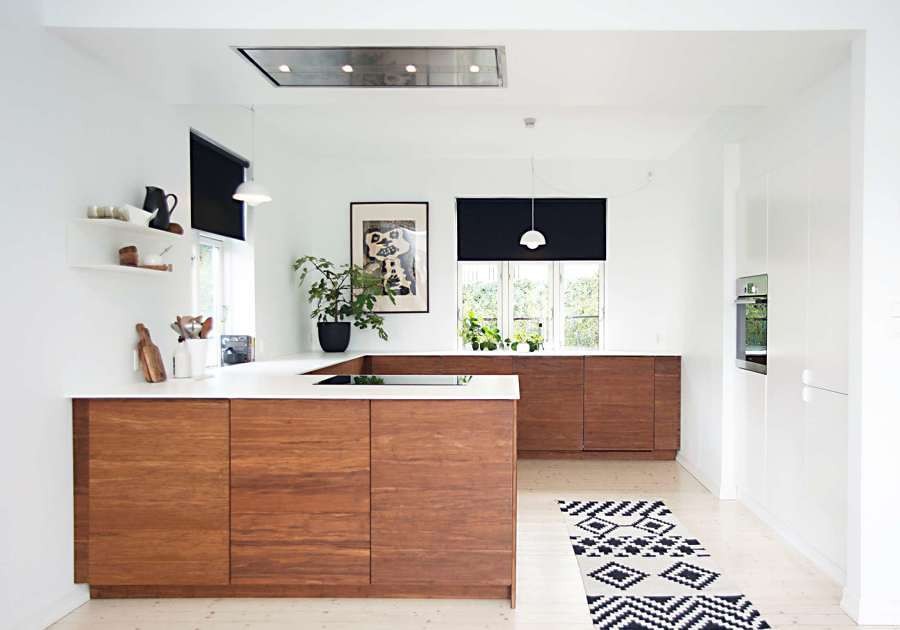
If you want wooden furniture but are concerned that the oak or beech trees will take too many years to grow back, bamboo is a good alternative. It grows so fast that deforestation due to cutting down bamboo is virtually impossible. The use of bamboo in construction in tropical areas is very common, due to its high resistance. It can be used for decorative elements or entire buildings and, because it is hollow, you can work it with other materials to make it easier to use.
OSB panels
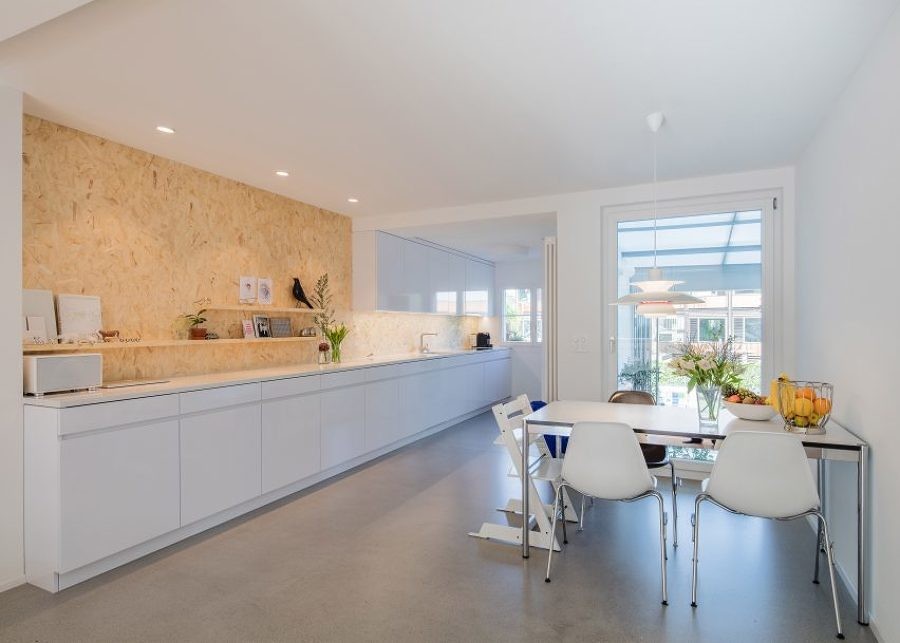
A building material that has become a valid alternative to plywood or MDF is OSB wood. OSB stands for Oriented Strand Board, and it is preferred by many for its youthful decorative appearance. It is often used for furniture, doors and other custom solutions. It also has good insulating properties which make it a particularly suitable material for cladding.
Linoleum

Linoleum is often (wrongly) associated with plastic or synthetic materials. It is actually a material with components of natural origin: linen, jute and sawdust. It is used for the construction of elastic floors, i.e. those with the ability to absorb shocks without losing shape. These floors are soft but at the same time very resistant and also have a considerable capacity for soundproofing.
Sheep wool

In order to obtain 100% natural insulation, the most ecological and effective material is sheep's wool: a naturally thermal, acoustic, elastic, breathable and water-repellent material. It also has the ability to absorb moisture and protect structures. The production of these insulating panels reduces the amount of wool that is wasted. It is sterilised in a simple process that requires few steps and the use of few resources, making natural wool one of the most environmentally friendly building materials available.
Terracotta

The use of cooked clay is not very common in cities, but you can find it in many rural houses. It is a sustainable material that offers good thermal insulation and interior comfort. It can be used in small quantities to achieve great results. Terracotta tiles regulate humidity in a natural way, without the risk of mould formation, and they also offer good odour absorption. These finishes do not require painting and do not contain pigments, as the colours are obtained by mixing natural components.